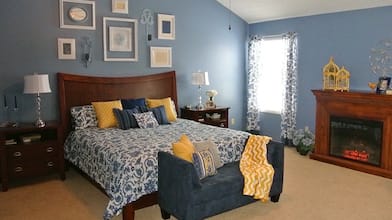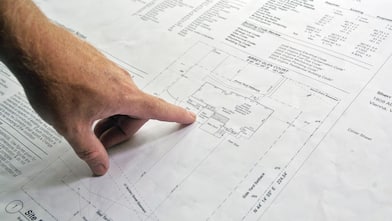An East Coast remodeler recommends planning your enclosed porch project in spring, summer or fall.
Who We Interviewed
Todd Heino, ownerHeino Home ImprovementsNatick, Mass.hhimprovements.com
What should I keep in mind when planning my porch or patio remodeling project?
"In New England, contractors discourage building patios on ground level, because leaves will pile up, creating a mossy and mosquito-covered area. We tend to see more enclosed patios, called three-season porches, instead of sunrooms here.
"With the harsh Massachusetts winters, it would get too expensive to heat enclosed porches, and they become walk-in freezers during the colder months. As soon as it's below freezing, all excavation and concrete work on these projects must stop, so it's best to plan this project in the spring, summer or fall.
"With fewer hours of light during winter, we get seasonal depression out here. So when warmer months hit, everyone's outside! Some homeowners use three-season porches for gardens and others use it for family entertaining."
How much does an enclosed porch cost?
"It's important for homeowners to be upfront with their contractor about their budget on such a project, which can cost anywhere from $25,000 to $60,000, if starting from scratch and adding a concrete foundation. The higher-end porches would include granite countertops, surround-sound systems with flat-screen TVs, a Jacuzzi, shelving and wall sconces."
What else should I consider?
"If you plan on installing a Jacuzzi, which is a popular feature, let your contractor know ahead of time, because additional lumber will need to be used in the creation of the porch to support the extra weight. Instead of pine, which rots in 10 years, use sealed pressure-treated lumber, which will last up to 100 years.
"On the exterior, vinyl siding is the best, because it's inexpensive and water resistant. In addition, you'll want a privacy fence installed around the tub and tiles instead of vinyl flooring.
"Steep-pitched roofs over these porches can be made of asphalt, but roofs with 3 inches of pitch or less have to have a rubber roof to avoid ice dam buildup in the winter.
"Adding thicker spray foam insulation around windows and doors will be a huge cost savings over the years. It's better than fiberglass insulation, because air won't penetrate it. There's also a $1,500 tax credit available for using energy efficient insulation, doors and windows.
"We put a lot of windows on these porches for natural lighting, but we also recommend installing several 25-watt light bulbs in recessed lighting on the ceiling for an even effect."




